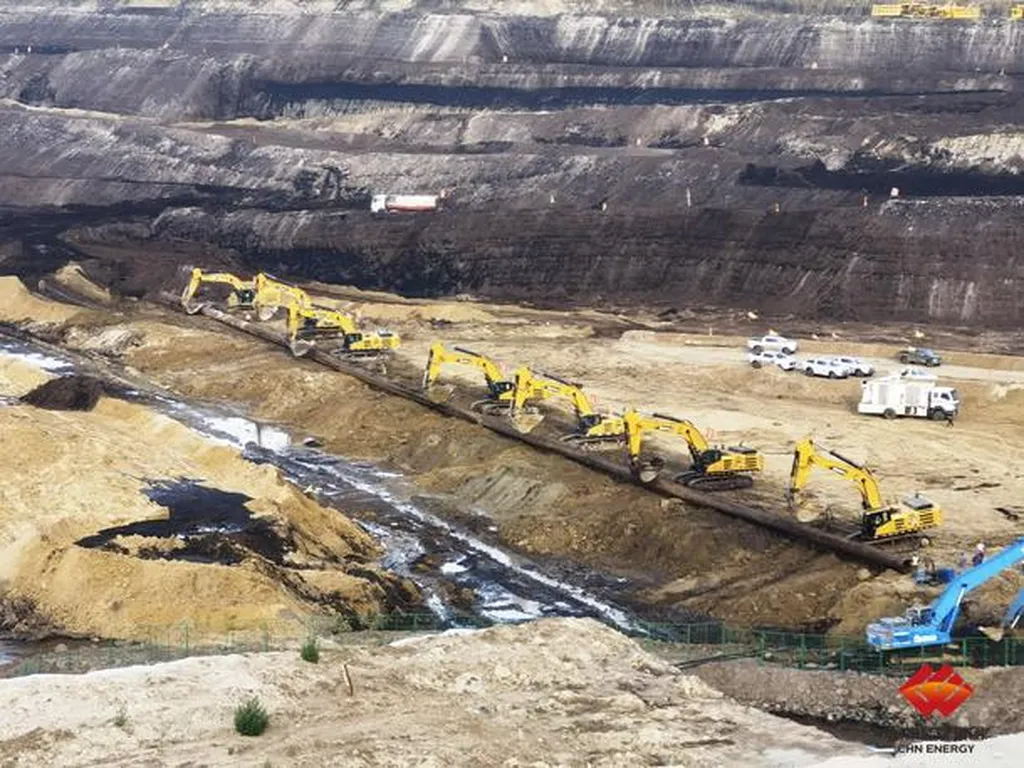In the heart of China’s Yushen mining area, a delicate balance is being struck between the relentless pursuit of coal resources and the pressing need to protect the fragile ecosystem. A groundbreaking study led by Zhenzhong Pang from the Equipment Business Department of Middling Coal Energy Co., Ltd., in Beijing, is paving the way for a more sustainable approach to coal mining, with significant implications for the energy sector.
The Yushen mining area has long been a hotspot for coal extraction, but the high-intensity mining has taken a toll on the environment, causing water disasters and negative ecological impacts. Pang and his team set out to address this pressing issue, combining theoretical analysis, field investigations, and data statistics to understand the complex interplay between coal mining and ecosystem protection.
Their research, recently published in ‘Meitian dizhi yu kantan’ (which translates to ‘Geotectonica and Propecting’), introduces the concept of formation bearing capacity, a critical factor in ensuring the ecological stability of mining areas. “The formation bearing capacity is like the backbone of the ecosystem,” explains Pang. “It’s the threshold that determines how much mining activity the environment can withstand without suffering irreversible damage.”
The team developed a formula to calculate the height of water flowing fractured zones, a key indicator of formation bearing capacity. Using the theory of simply supported beams and hydrogeological principles, they identified the dominant factors controlling formation structure damage. This research laid the groundwork for a novel mining philosophy and technology architecture that prioritizes the dynamic balance between mining techniques and formation bearing capacity.
The practical application of this research was tested at the Caojiatan Coal Mine, specifically at mining face 122107. By gradually increasing the mining height based on blocks and segments, the team observed a stepped broken morphology in the overburden of the roof. Throughout the mining process, water inflow fluctuated around 170 cubic meters per hour, well within the drainage capacity of the mining face.
The implications of this research for the energy sector are profound. By adopting this coordinated coal mining approach, companies can ensure highly beneficial coal resource extraction while mitigating the environmental impact. “This mining approach can address the contradiction between coal mining and ecosystem protection,” Pang emphasizes. “It’s a win-win situation for both the industry and the environment.”
The study provides a theoretical and technical reference for other arid and semi-arid mining areas in western China, offering a blueprint for sustainable mining practices. As the energy sector continues to evolve, the insights from this research could shape the future of mining technologies, ensuring that resource development and ecological protection go hand in hand.
In an era where environmental sustainability is paramount, Pang’s work serves as a beacon of hope, demonstrating that it is possible to strike a balance between economic growth and ecological preservation. The energy sector would do well to take note and embrace these innovative approaches, paving the way for a more sustainable future.

